Affiliate links on Android Authority may earn us a commission. Learn more.
The cost of rising data consumption
Published onJanuary 23, 2018
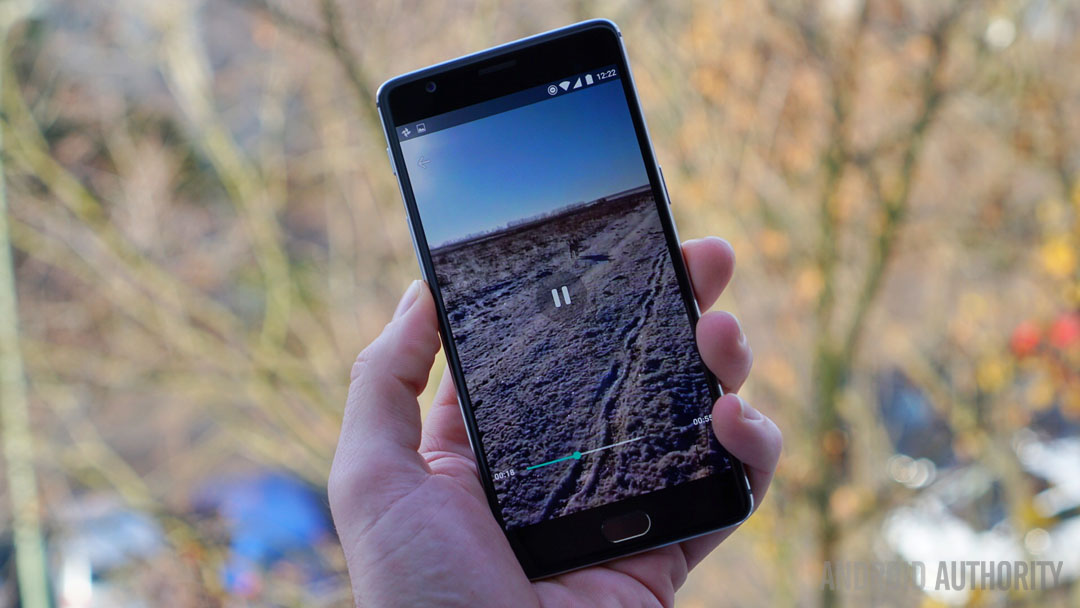
Year-over-year data consumption is still growing rapidly in the United States. A recent report from NPD showed the average U.S. smartphone user consumed a total of 31.4 GB of data on a monthly basis, across Wi-Fi and cellular.
That’s up 25 percent from the previous year, continuing a long trend of growth predicted by telecommunications providers, suppliers, manufacturers, and many others for years. At this rate of growth with compounding percentages, data use will double every three years or so.
To demonstrate the point, here’s data usage just on our mobile devices, from 2010 projected through to 2020, via telecomm equipment supplier Ericsson:
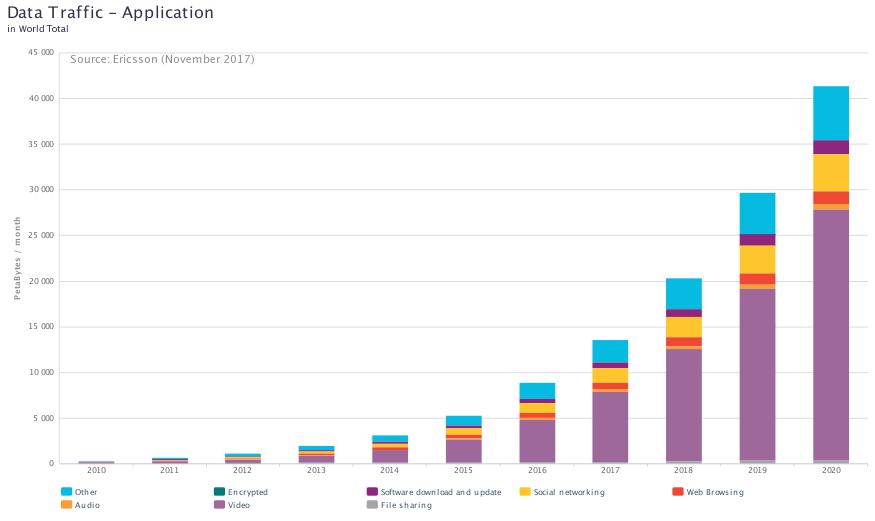
Globally it’s a similar story. Aggregated data shows big rises as emerging markets get online and start sharing images and video, stream music, play games, and so on.
India’s data consumption in particular has exploded:
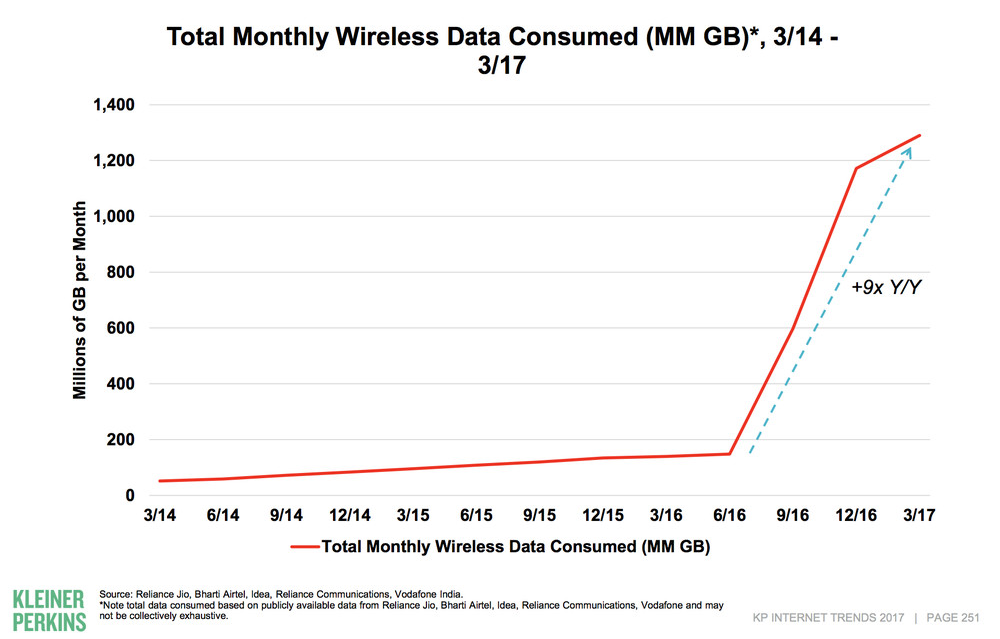
What happened in India? A new low-cost 4G-only carrier emerged, backed by a $25 billion bet by an Indian billionaire, creating a new service offering data at a third the cost of the existing players. After less than one year, Jio now supplies more data than any other mobile network in the world.
Unfortunately for consumers, the same happening in the US is almost impossible
Unfortunately it’s almost impossible for something like that to happen Stateside. It’s far more difficult to establish new networks thanks to FCC rules and spectrum auctions, and regional models attract only a small user base. Everything is possible with enough cash, but it would take hundreds of billions of dollars just to compete at a national level.
Without a new entrant in the U.S. martket, what can we expect this year as data requirements continue to grow?
Congestion and “unlimited” data
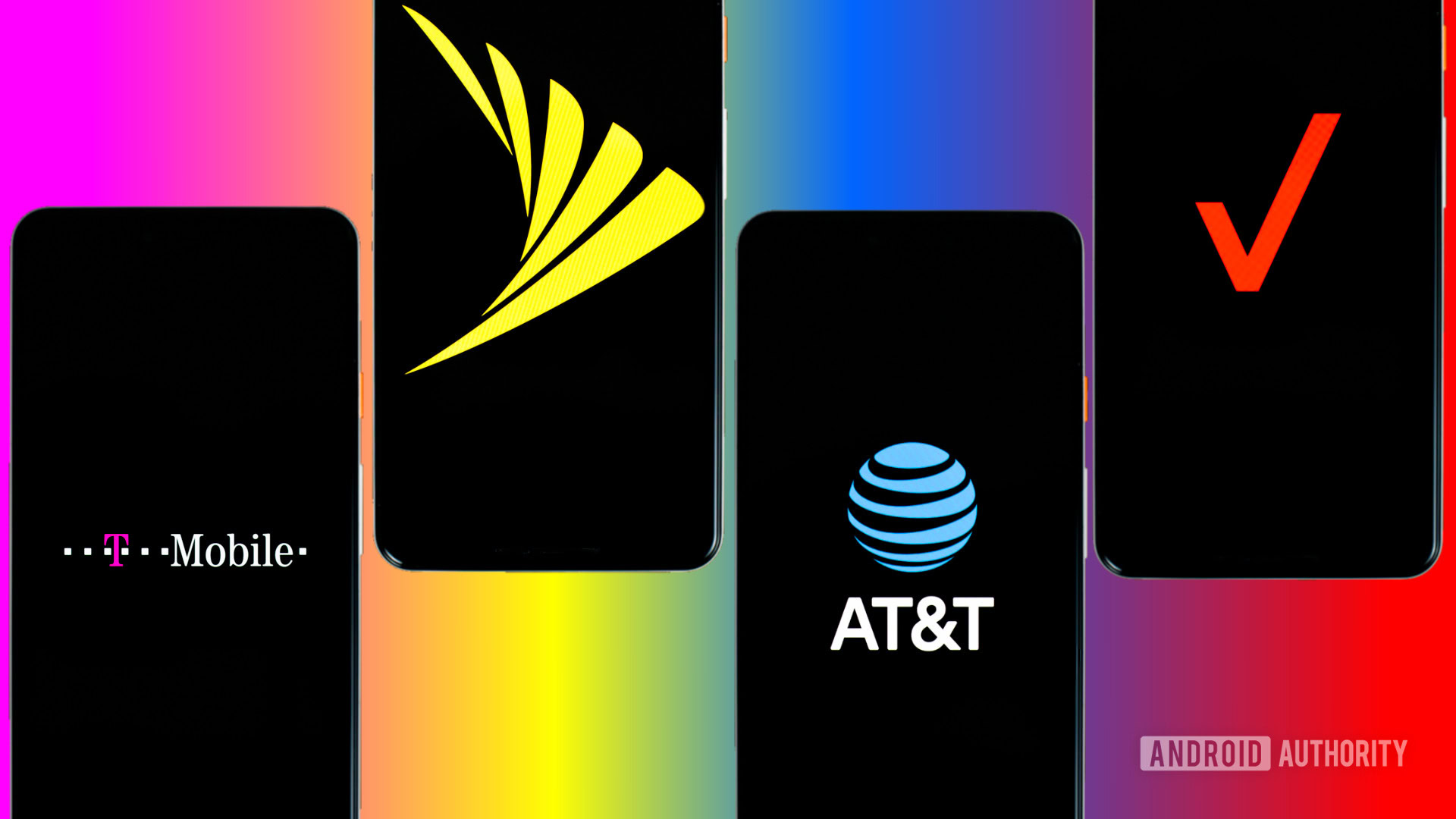
The cost of unrelenting growth in data consumption places a strain on carriers, and the increased cost to them will likely pass on to us. So plans probably won’t get cheaper without new competition. Cell phone plan costs will likely rise where carriers need to invest in new infrastructure — a necessity to keep up with increasing demand — as well as get ahead of the game while sustaining profits to shareholders.
All networks and tiers of service in the U.S., including 4G LTE, are increasingly congested, and it’s only going to get worse in 2018. As we reported recently, things are improving, but in most cases it’s either a return to former speeds or minor gains.
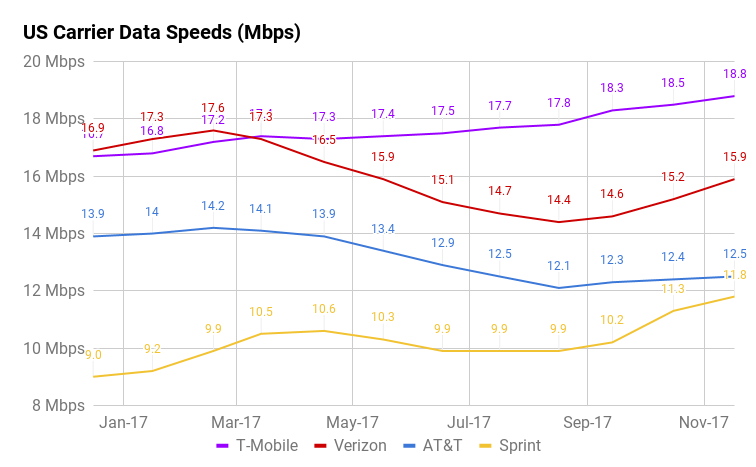
Even though 5G is unlikely to be available beyond some city-centric hotspots in 2018 (more on that below), we’re already seeing the consequences of pressure on carriers to uphold service while servicing both capped and unlimited plans.
Both Verizon and AT&T demonstrated those effects on their networks after introducing unlimited plans in early 2017 for the first time. According to third-party data from Ookla, opening the floodgates slowed network speed by 13 percent, and “unlimited” plans experienced deprioritization beyond 22 GB of data usage in a month. While this is not explicitly throttling, it drops heavy data users out of first class for data streaming once that soft-limit is reached. By contrast, T-Mobile’s unlimited plans have a soft-limit at a more generous 50 GB.
Video quality and data speed caps
We also saw AT&T and Verizon slip in the tough measure of capping video streams at a maximum of 480p for all but the top plan, which is capped at 720p. Just think about that: watching video at 1080p isn’t even an option on your smartphone anymore, let alone 2K, which has increasingly become the default display resolution for high-end smartphones. Similar restrictions exist for AT&T (limiting data speeds to 3 Mbps) and T-Mobile (pay $10 more a month to get HD video).
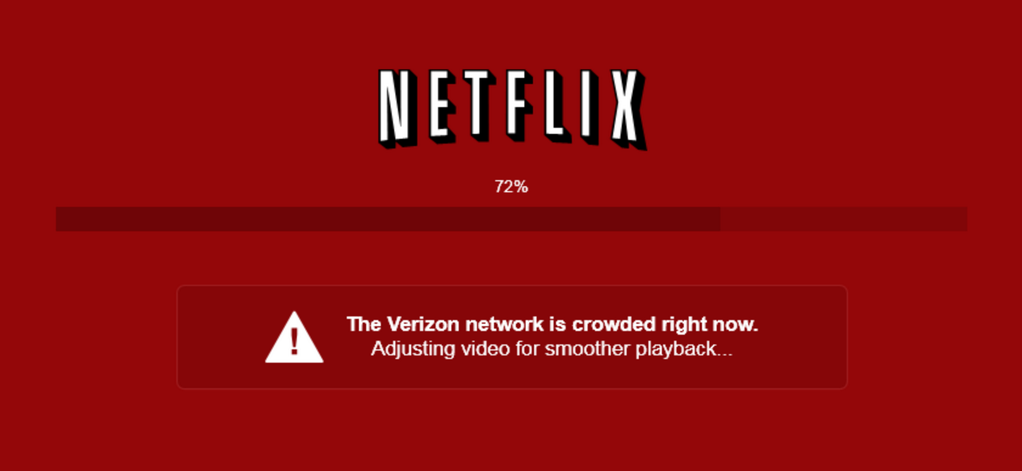
New rules, fine print, and unexpected changes to even grandfathered plans make it a real wild west in the carrier space. It’s not an opinion so much as an observation that the big two carriers avoid competing, preferring instead to provide everyone with only an “average” service.
Meanwhile, OpenSignal rated the U.S. a respectable fifth in the world for 4G LTE availability. For 4G speed though, the U.S. ranked 61st, below the likes of Russia, Kazakhstan, and Uruguay. If you’re dissatisfied with your LTE speeds being limited to 3 Mbps in the U.S., you’d actually be better off heading to Antartica.
Where the biggest costs lie: infrastructure
The next big exciting boost for our mobile world is 5G, or fifth generation wireless systems. 5G will deliver big improvements in high-speed data connections with ultra-low latency. 5G standards are finally shaping up (though final specifications are still to be determined), and early tests have shown data speeds outside of labs as high as 6.4 Gbps — or around 800 MB per second — hundreds of times faster than average home broadband (allowing you to download a 10 GB data cap in less than 13 seconds).
5G presents a huge opportunity that requires huge new investments from carriers
This technology upgrade will be a significant challenge for both carriers and handset makers. For manufacturers, we might see 5G-capable phones with more prominent antenna lines. ZTE said we’ll see a 5G smartphone as soon as “late 2018 or early 2019,” depending on 5G availability from networks.

It’s even more difficult for carriers due to spectrum issues. 5G will largely operate on high-frequency wavelengths, to deliver such large amounts of data. The highest wavelength for 4G is at 5.7 GHz. 5G requires wavelengths around the 28 GHz, 37 GHz, and 39 GHz bands. This big of a jump in frequency will require new antenna technology and beamforming. T-Mobile said it will use it’s nationwide 600 MHz spectrum for 5G initially, but it’s unclear if this will perform as well, with lower capacity on offer until the “Uncarrier” starts utilizing higher frequency spectrum.
Such short wavelengths have physical limitations as to how far their signals can travel and penetrate through buildings and walls. This will very likely mean more cell towers, antennas, and base stations across the nation, especially in cities where line-of-sight transmissions are made more difficult. That’s going to be a big factor in new costs.
An Accenture report projects $275 billion will be spent on 5G infrastructure over the next seven years in the U.S. alone, with almost $100 billion on construction of new sites. That all means significant further costs to the networks, with those costs likely to be passed on to consumers.
Cheaper phone bills? No chance
We’re constantly consuming more data on our phones. The savviest media companies are feeding that frenzy by shooting hit content like Strangers Things 2 for mobile-first.
While that trend continues, and as we burn through more data enjoying ever-richer mobile media content, phone bills will keep increasing. 4G speeds will continue to be under pressure and networks will try to alleviate that by throttling or deprioritizing their heaviest-using customers.
5G represents a new chance for carriers to deliver a boost to speeds and data allowances, but at a cost. 5G will likely be an add-on or costly premium service for quite some time, in a similar fashion to how both 3G and 4G rolled out. Hopefully this will include a data jump as well, as costs will drop for carriers as fixed 5G infrastructure begins handling more data.
Chances are if you’re one of the first with a 5G phone in a 5G network you’ll experience some ludicrous speeds. But once the likes of Samsung and Apple bring 5G to their devices, the same congestion issues will start happening again.
A new generation of communication has appeared around every decade, so if we’re not talking about 6G by 2025, we might be talking about Elon Musk and Space X’s 4,425 high-speed internet satellites whizzing around the globe and how much we rely on them.
Anything is possible — except maybe paying less.